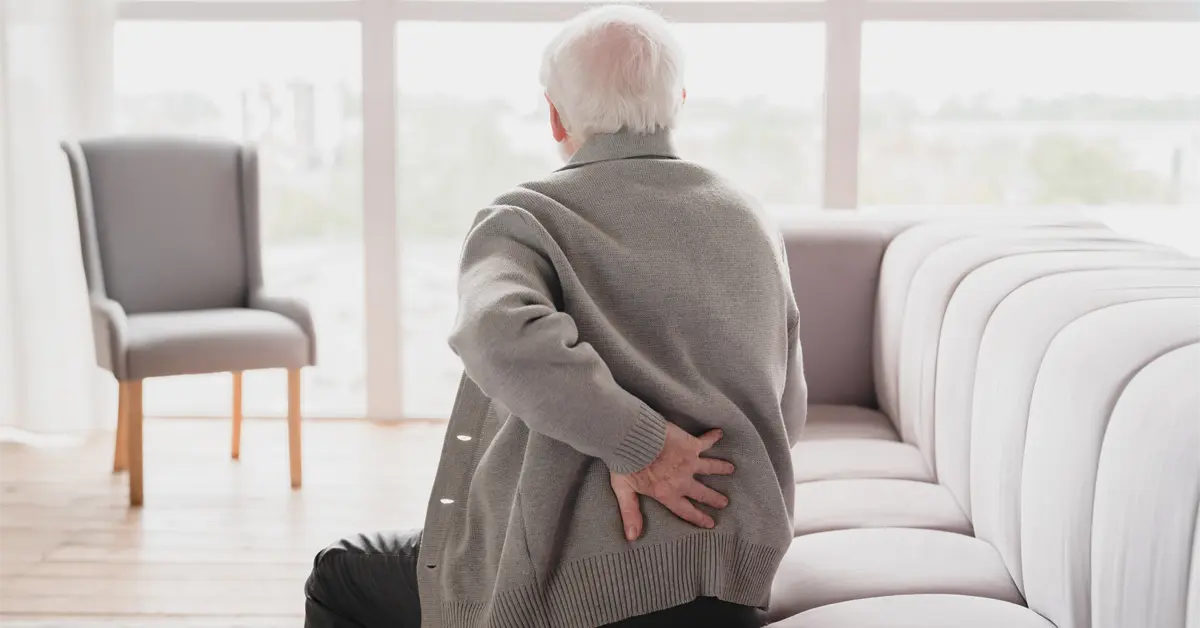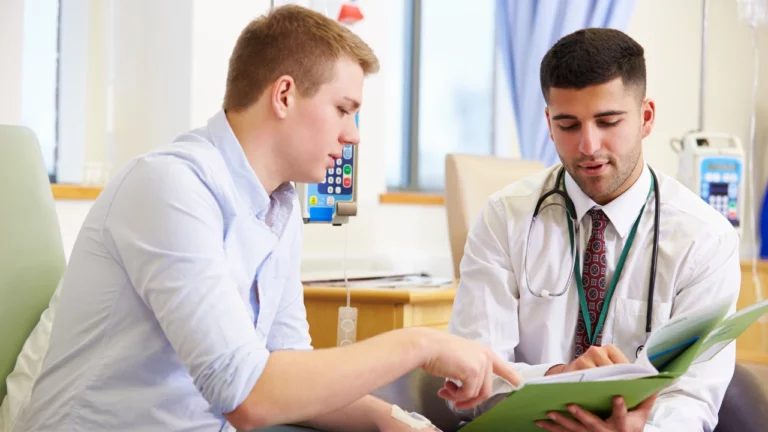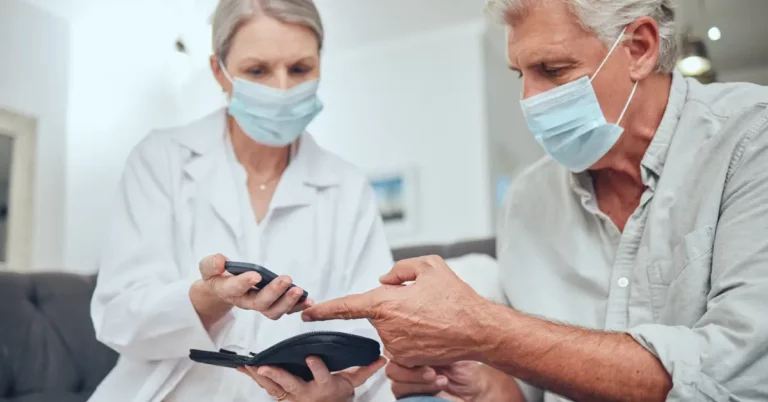An osteoporosis fracture occurs every 3 seconds due to the more than 8.9 million fractures that osteoporosis causes each year globally. According to the WHO’s definition of osteoporosis, the condition affects 21.2 percent of women and 6.3 percent of men worldwide over the age of 50. This implies that roughly 500 million men and women globally may be affected, based on the number of men and women in the world.(1) Here are some early warning signs of osteoporosis.
1. Low bone density
Low bone density is a condition where your bone density is lower than average but not low enough to be classified as osteoporosis. It is also referred to as “osteopenia.” Osteoporosis is not a given for everyone with low bone density; it may be normal for specific individuals. However, it implies that since you have less bone to lose than other people, you may be more likely to experience fractures or breaks if you start to lose bone.
2. Fracture
Bones prone to fracture: Bone fractures and breaks are frequently the first symptoms of osteoporosis that people notice. You are more likely to sustain significant bone injuries from falls or other types of bone trauma because your bones are weaker. Ask your doctor about a bone density test if you notice that your bones tend to break easily. This test can identify whether or not osteoporosis is the cause of your recurrent bone injuries.
3. Poor posture
Osteoporosis patients are more likely to experience poor posture or a “widow’s hump,” which increases the risk of compression fractures in the vertebrae, the bones in the spine (the weakened bones can fracture under normal pressure, such as the effort it takes to open a window, or lift something). This may result in poor posture or the development of a “widow’s hump,” a curve in the spine just behind the shoulders.
4. Family history
Having an immediate family member who has osteoporosis: If you have an immediate family member with the disease, your risk of developing it increases.
5. Gums that are receding
Bone loss is one of many causes of receding gums, which are relatively frequent. Our jaw bone and teeth are often joined. Gums may recede if the jaw is losing bone. In female surveys, the loss of jaw bone has also been connected to a decline in bone mineral density in the lumbar spine’s vertebral bodies.
6. Brittle and weak fingernails
Bone health can be indicated by nail strength. However, it would help if you also considered other factors that could impact your nails, such as exposure to extremely hot or cold temperatures, regular use of nail paint remover or acrylic nails, or prolonged immersion in water.
7. Problems holding objects in your hands
Your bones may need to be treated if you have problems opening tin cans, twisting doorknobs, pushing heavy doors, or standing up from a seated position on the floor. Studies show a correlation between the strength of your handgrip and the muscle and bone density in your forearm, hip, and spine, particularly in women. Fall risk can be reduced by strengthening these muscles with weight-bearing exercises or yoga, which can aid with balance and posture concerns.
How to prevent osteoporosis?
There are things you can do at any age to keep your bones strong. It is critical to consume calcium and vitamin D-rich foods. Regular weight-bearing exercise, such as weight training, walking, hiking, jogging, stair climbing, tennis, and dancing, is also beneficial.
Avoid activities that require twisting your spine or bending forward from the waist if you have osteoporosis, such as traditional sit-ups, toe touches, or swinging a golf club.
These are the most effective methods for keeping your bones strong and healthy.
Can you manage osteoporosis via Remote Patient Monitoring (RPM)?
Osteoporosis treatment involves preventing bone loss and rebuilding bone to avoid fractures. Healthy lifestyle choices include a balanced diet, regular exercise, and the use of medications can lower the risk of fractures and stop additional bone loss.
However, if you have significantly decreased bone density, lifestyle adjustments might not be sufficient. There are also many medications to consider. Remote Patient Monitoring or RPM can help you track of your important health parameters and send these data to your healthcare providers.
One example of RPM devices is health wearable devices such as a smartwatch. Health wearable devices that include fitness tracking and fall detection technologies allow you to identify falls and immediately contact care coordinators to provide assistance.
Takeaway
A few warning signs could point to poor bone mineral density and an increased risk of osteoporosis. Ask your doctor what you can do to strengthen and protect your bones if you experience any of the symptoms above. RPM can help you with the prevention and treatment of osteoporosis.
References
- Epidemiology of osteoporosis and fragility fractures | International Osteoporosis Foundation. (n.d.). Epidemiology of Osteoporosis and Fragility Fractures | International Osteoporosis Foundation; www.osteoporosis.foundation. Retrieved July 20, 2022, from https://www.osteoporosis.foundation/facts-statistics/epidemiology-of-osteoporosis-and-fragility-fractures








